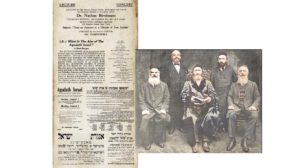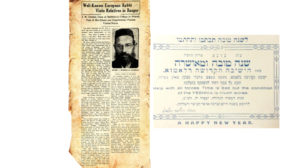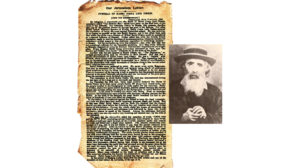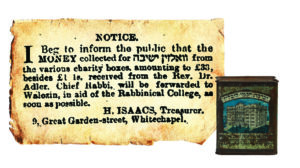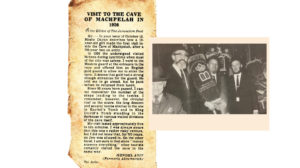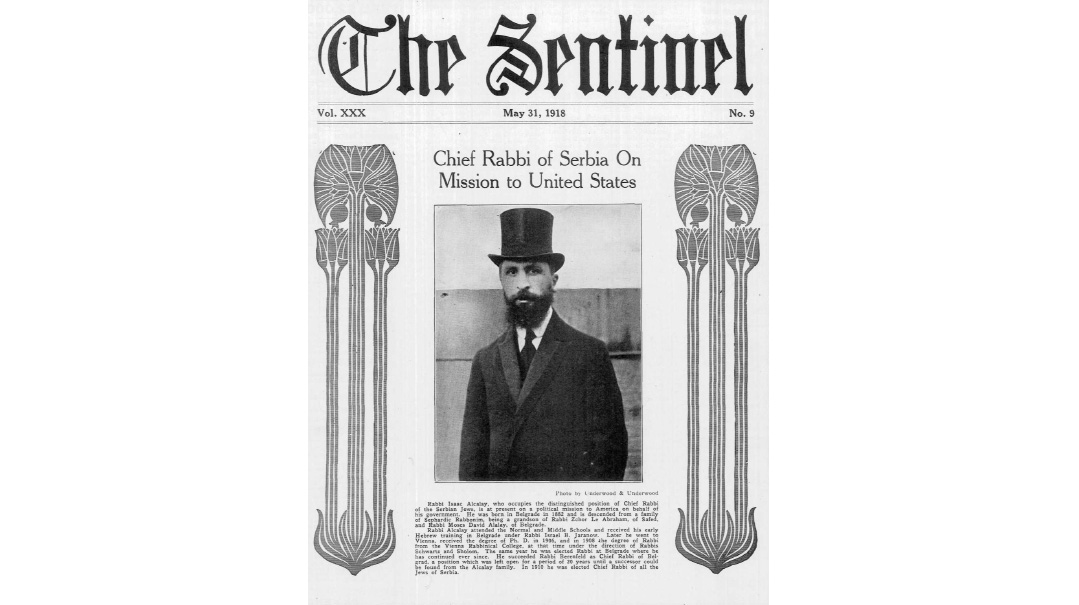The Making of a Golem
| June 8, 2021A different legend draws curious tourists to the ancient shul’s attic: it is said to host the remains of the Maharal’s golem
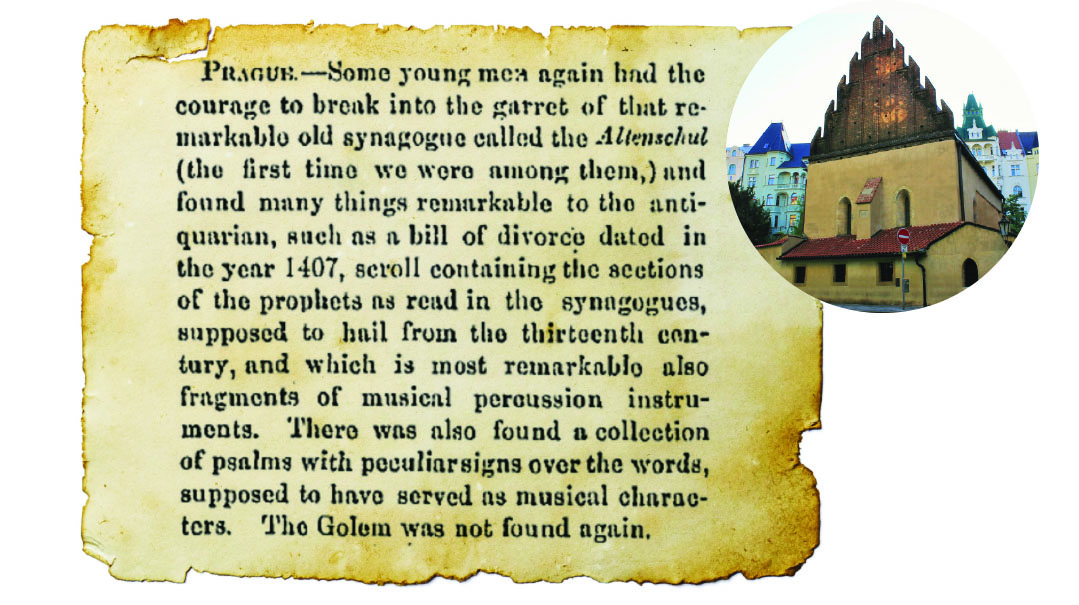
Title: The Making of a Golem
Location: Prague
Document: The American Israelite
Time: 1861
Few places tempt thrill-seekers more than the mysterious attic in Prague’s Altneuschul. Completed in the year 1270, the Altneuschul is the oldest functioning shul in Europe. According to local lore, angels brought stones from the Beis Hamikdash to build the shul in Prague on condition that they be returned when the Beis Hamikdash is rebuilt. But a different legend draws curious tourists to the ancient shul’s attic: it is said to host the remains of the Maharal’s golem.
A common version of the legend has the city’s Jews under mortal threat from a blood libel during the rule of Holy Roman Emperor Rudolf II. To protect the community, Rav Yehuda Loew (1520–1609), known to posterity as the Maharal of Prague, formed a golem out of clay from the banks of the Vltava River, summoning mystical forces to bring it to life. The golem patrolled the ghetto, using his powers to become invisible and call spirits from the dead.
As the story goes, the golem eventually became uncontrollable and the Maharal was forced to end his mission, hiding the remains in the Altneuschul attic, where some believe they still lie today. When the attic was renovated in 1883, however, no evidence of the golem was found. But a 1907 report in the St. Louis Jewish Voice, citing Rabbi Markus Hirsch (then chief rabbi of Prague), contended that the old shamash of the Altneuschul testified that he helped bury the golem’s remains, along with the rest of the shul genizah, decades earlier.
Admittance to the Altneuschul attic is rarely granted to visitors, but film crews and scholars over the last 40 years have established that there’s nothing there of substance.
Fact or Fiction?
The idea that the Maharal created a golem is highly improbable and is never mentioned anywhere in his many seforim, nor in any eulogies or tributes that followed his passing. No Hebrew work published in the 16th through 18th centuries — even in Prague —ever indicates that the Maharal created a golem. The earliest sources date to the 19th century, and were further popularized by Rav Yudel Rosenberg in his 1909 book Niflaos Maharal, which he claimed was based on sources from a (nonexistent) 300-year-old manuscript in an imperial library in Metz. The myth has subsequently earned its place in the pantheon of Jewish folklore through Yiddish folktales, secular culture, and more recently, as a popular cartoon in the Jewish Press.
Contrarian Views
come from several others, among them the last Lubavitcher Rebbe, who wrote that his father-in-law, the Rebbe Rayatz, told him that he saw the remains of the golem in the attic while visiting the Altneuschul. The Rayatz’s daughter, Rebbetzin Chana Gurary, provided further details:
“I then asked him [my father] to tell me what he’d seen there. My father paused for a moment and said, ‘When I came up there, the room was filled with dust and sheimos. In the center of the room I could see the form of a man wrapped up and covered. The body was lying on its side. I was very frightened by this sight. I looked around at some of the sheimos that were there and left, frightened by what I had seen.’ ”
Historic City
The ancient Jewish ghetto of Prague was spared the destruction the Nazis wreaked on the rest of Europe; they planned to use convert it into a “Museum to an Extinct Race.” The Nazis plundered seforim, sifrei Torah, Judaica, and art from across Europe and stored more than a million artifacts in eight Prague warehouses. While this is all documented, the same is not true for an oft-trafficked myth about a Gestapo officer ascending to the Altneuschul attic in search of treasures, only to be maimed by the golem.
Thank you to Yaakov & Bruria Neuman whose vast knowledge of Jewish Prague helped inspire this column and Professor Shnayer Leiman for his vast research on the golem story.
(Originally featured in Mishpacha, Issue 864)
Oops! We could not locate your form.

